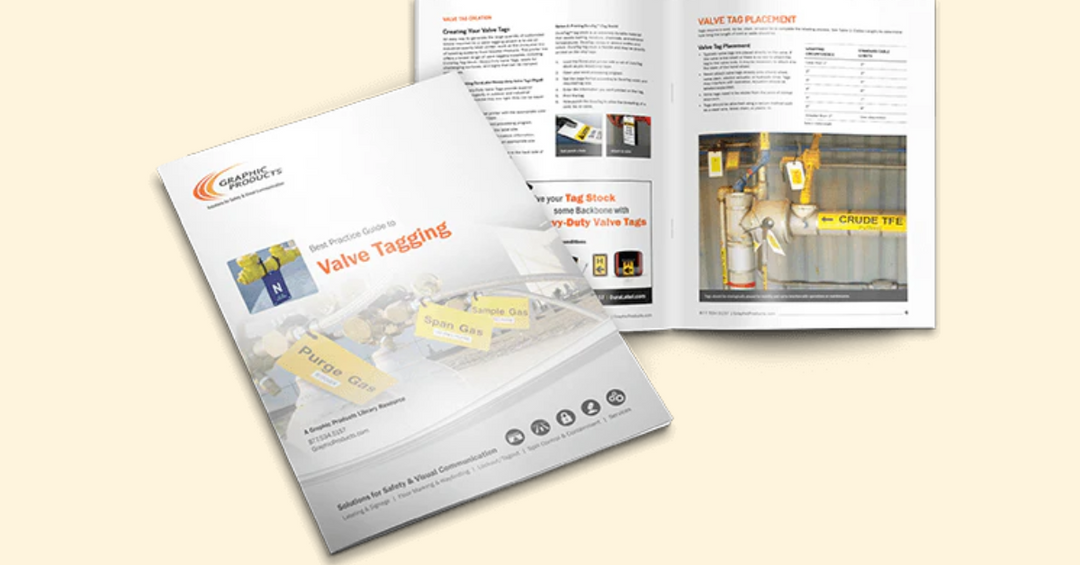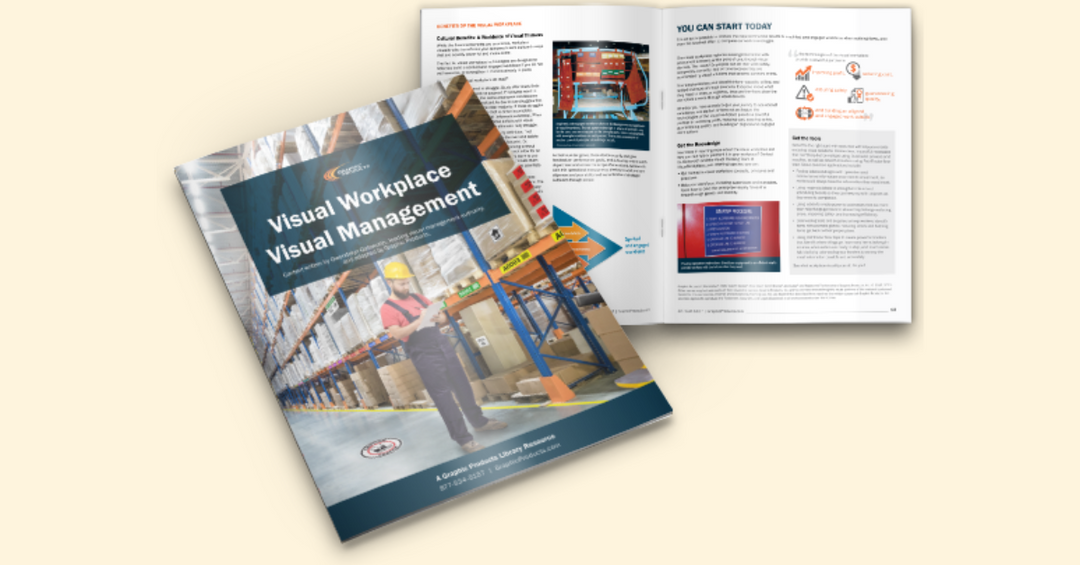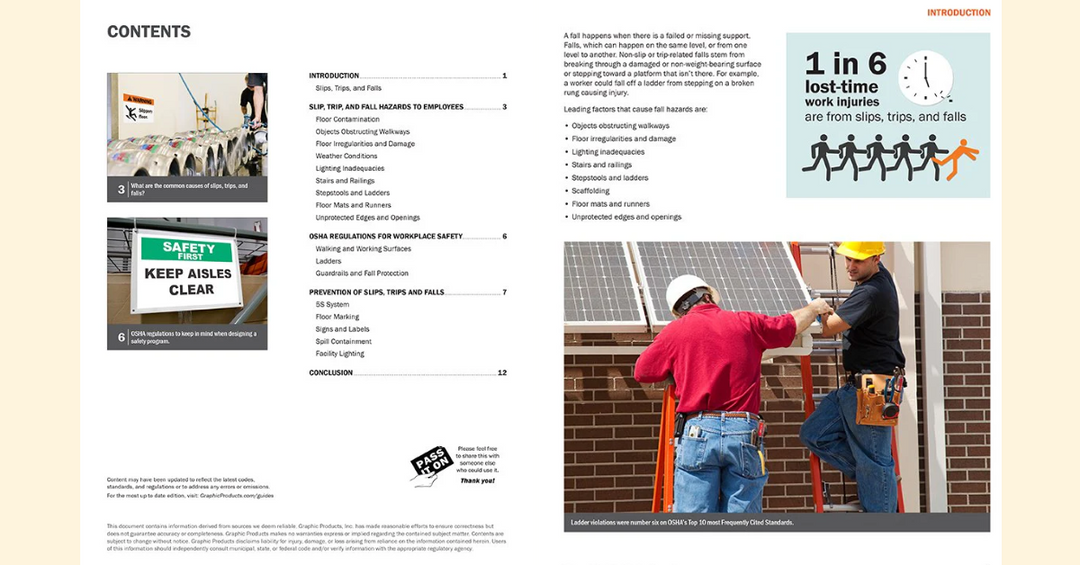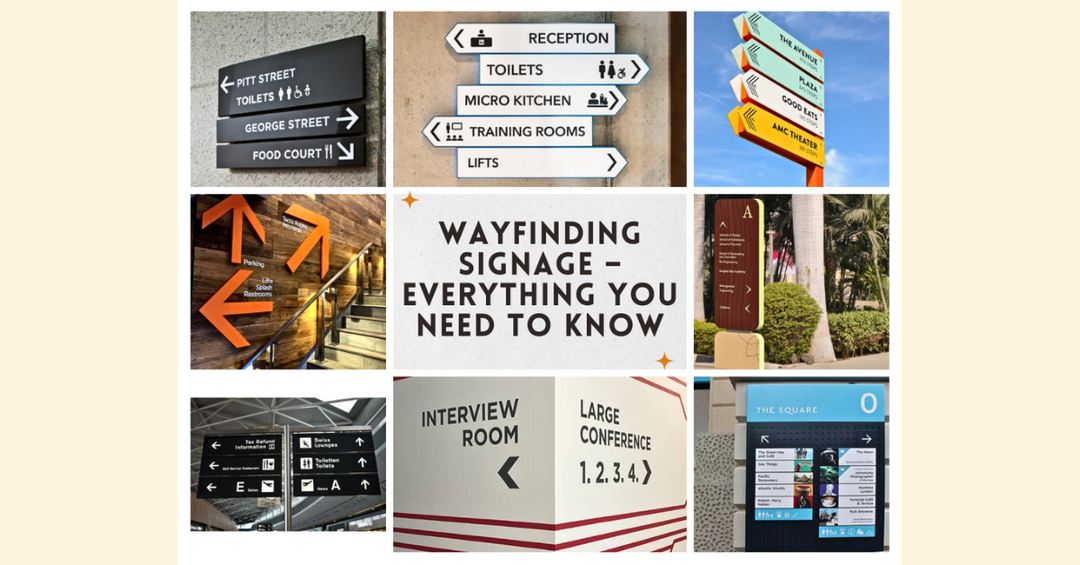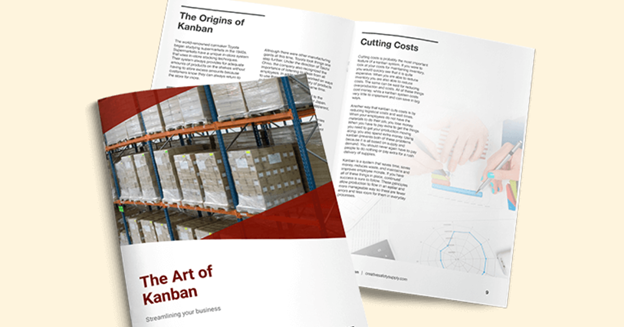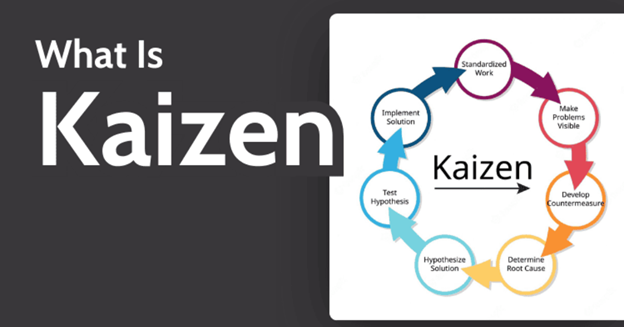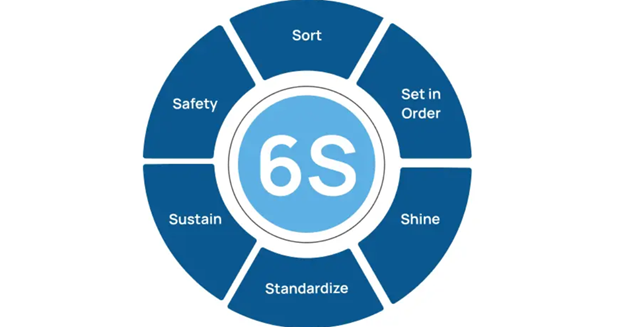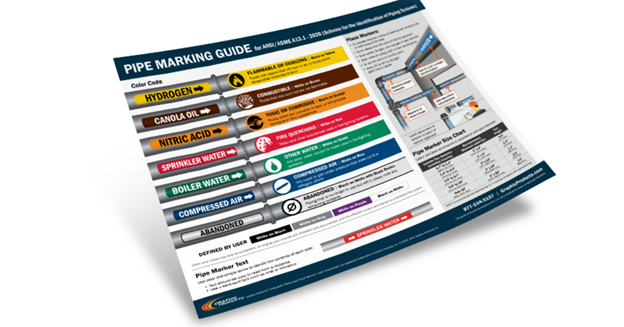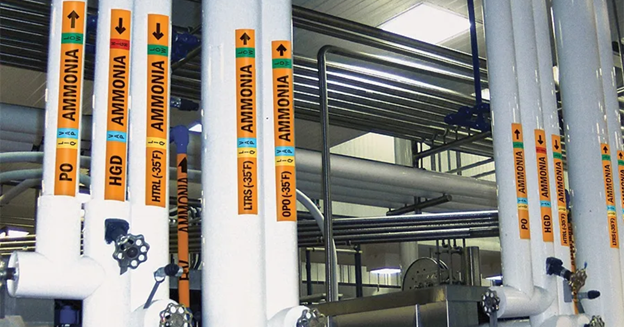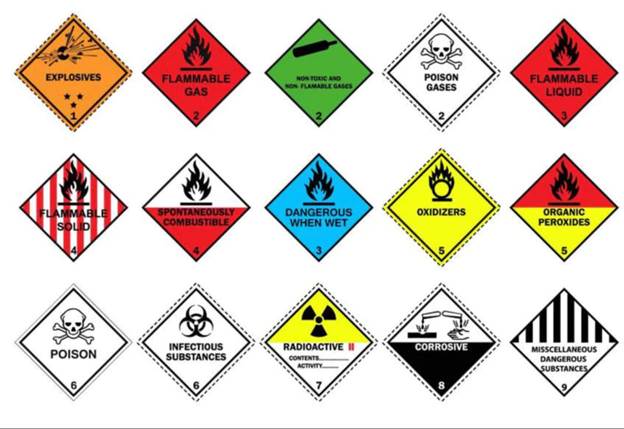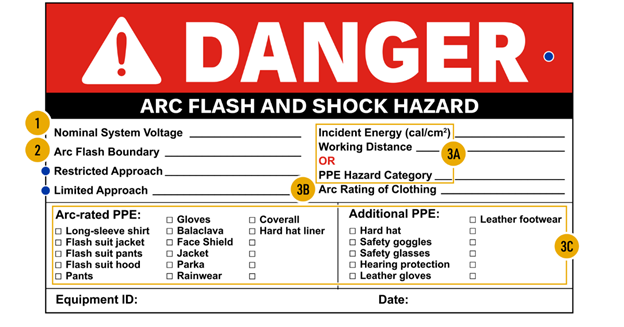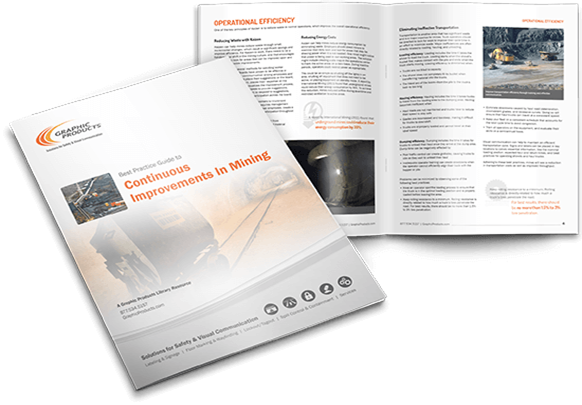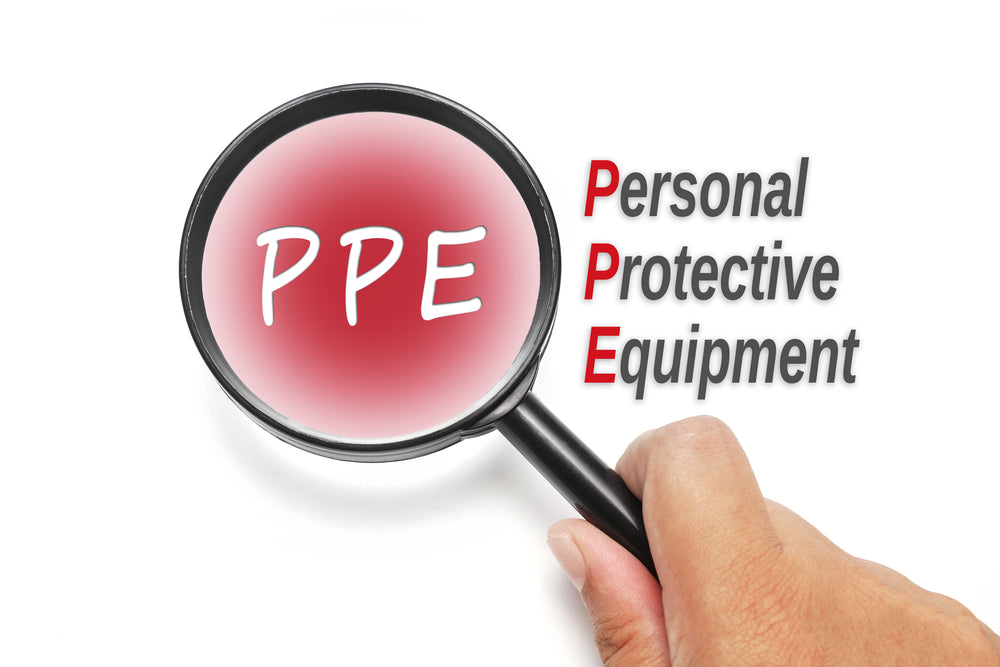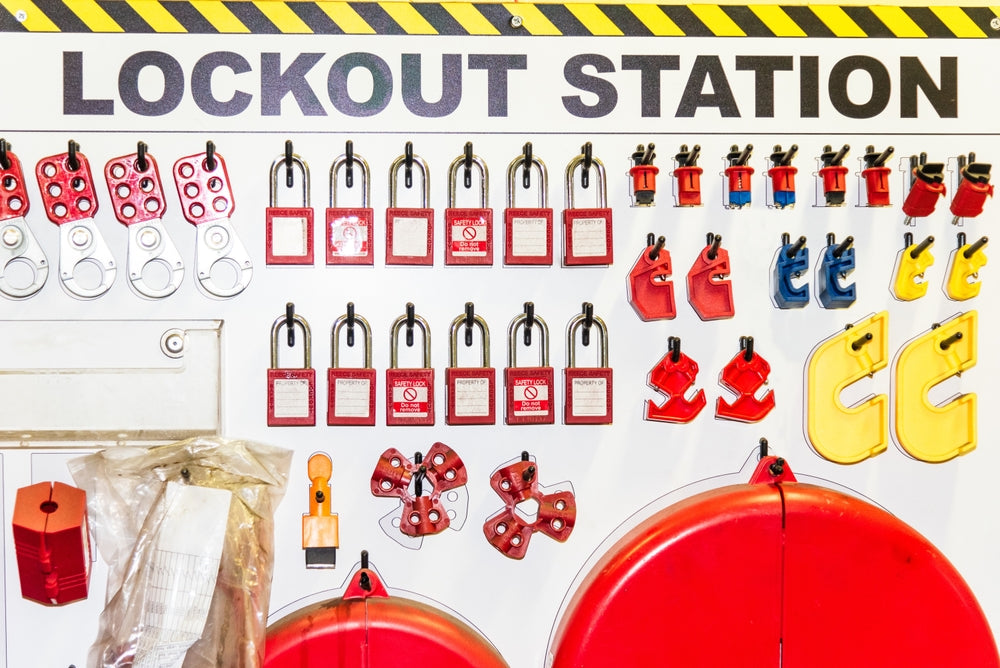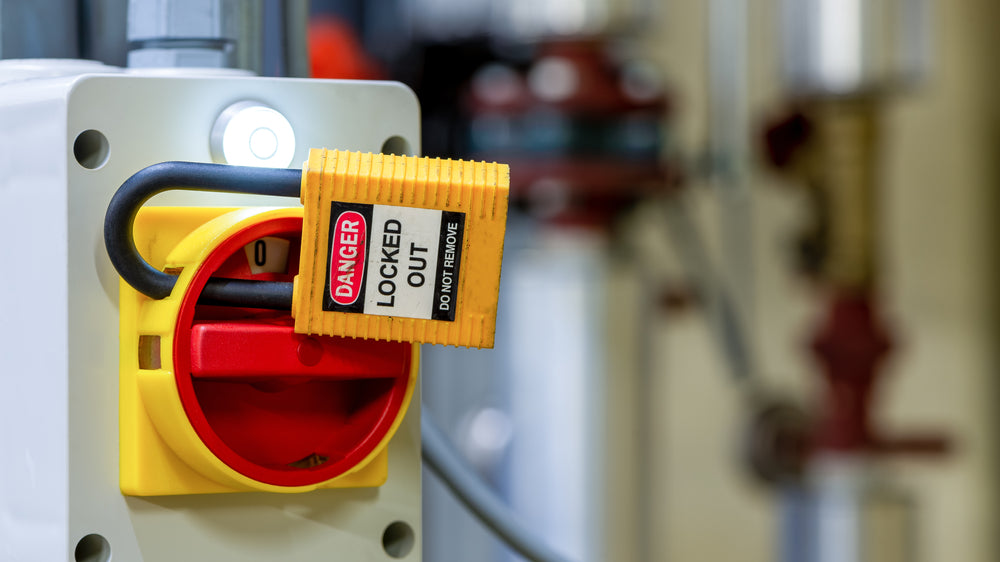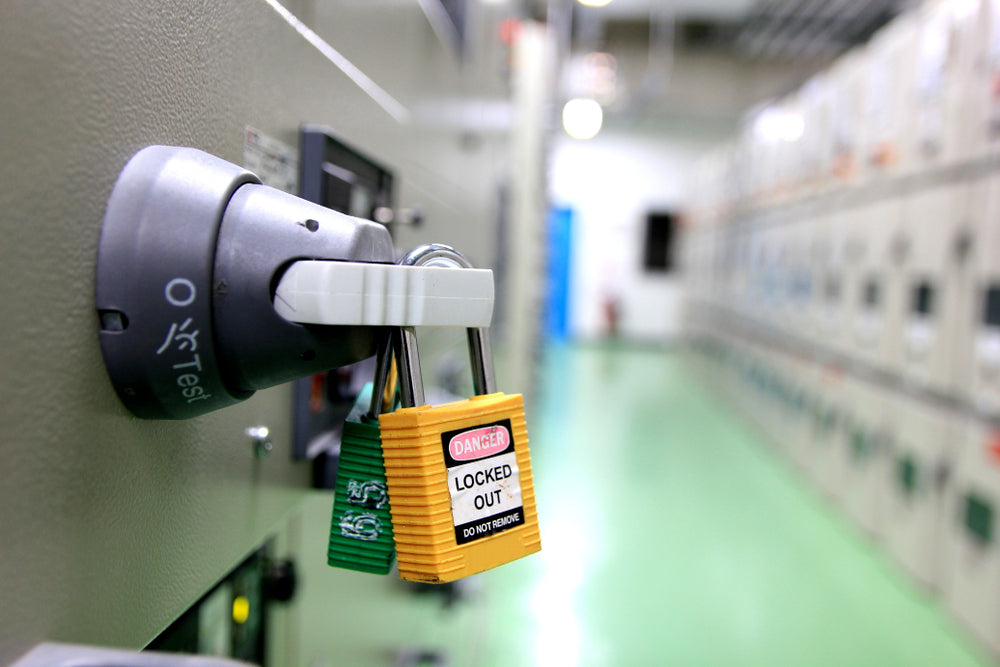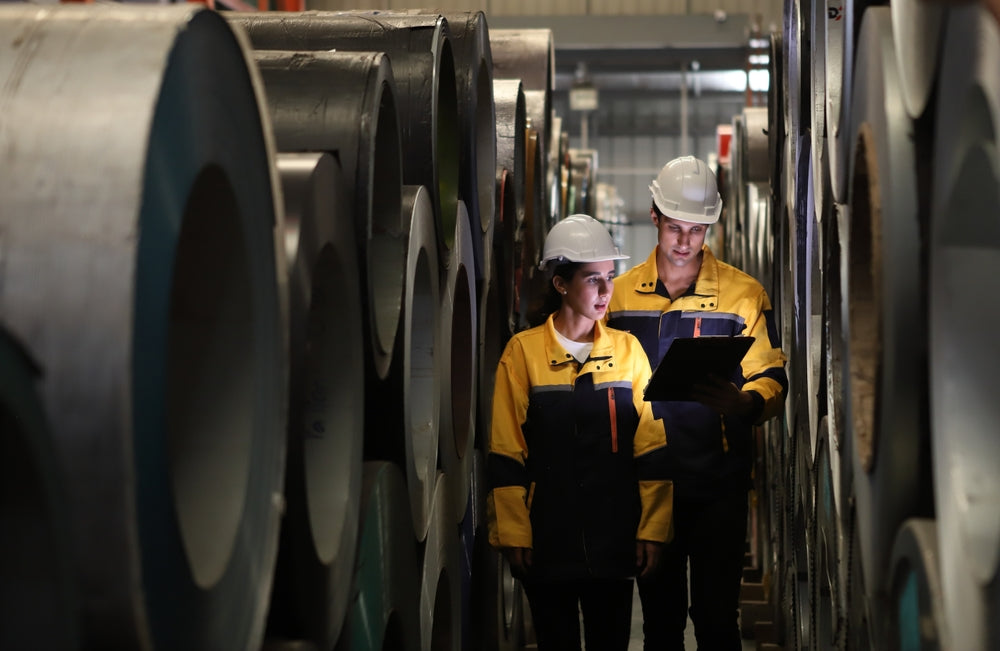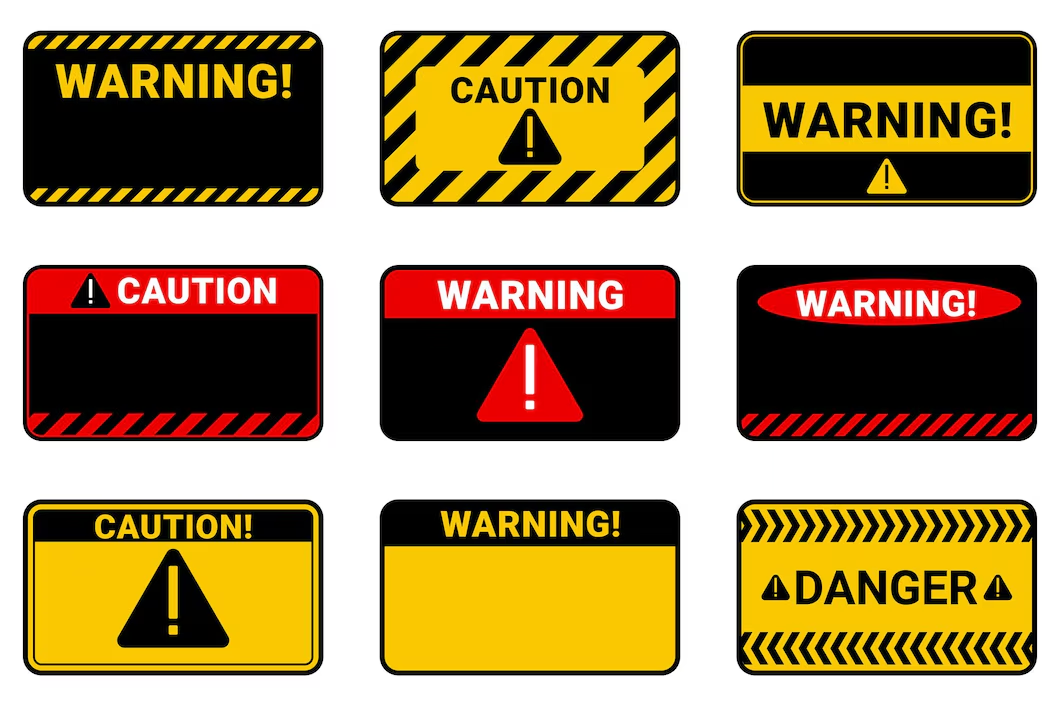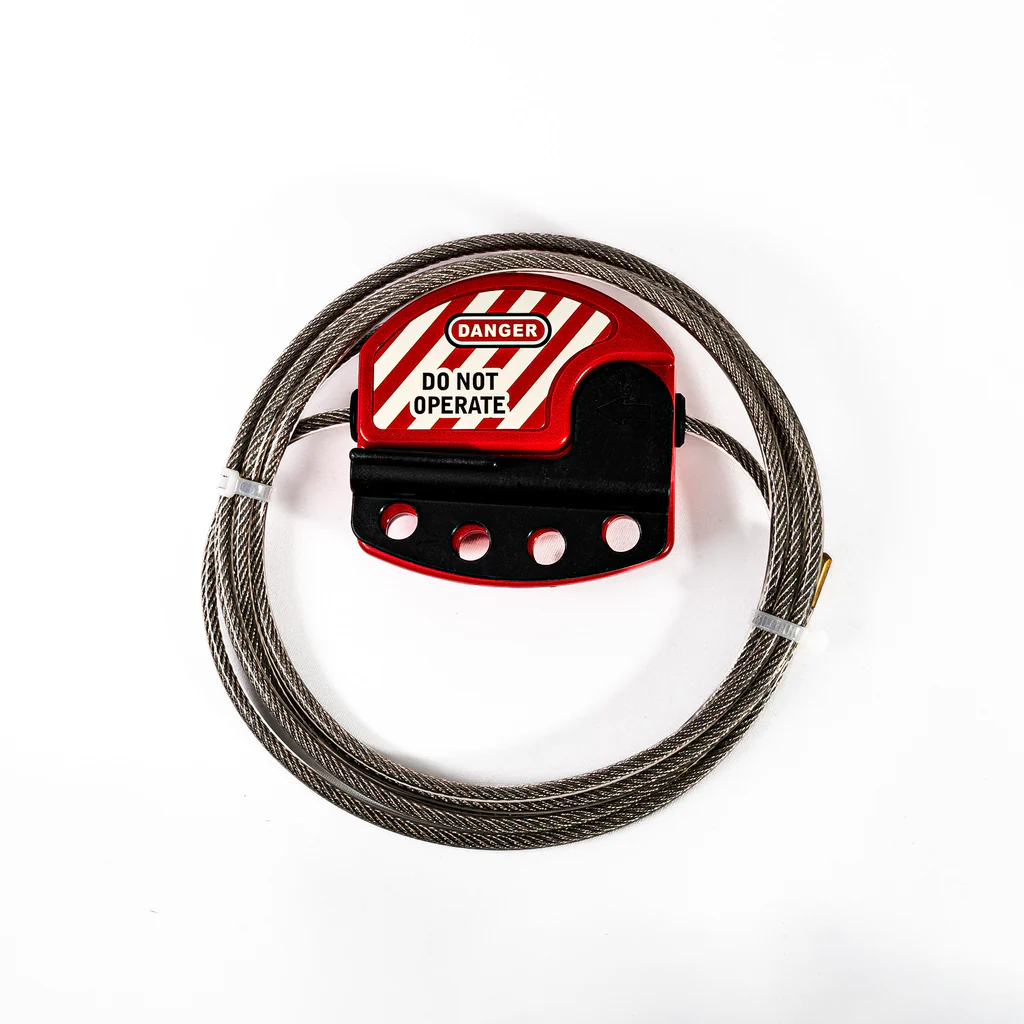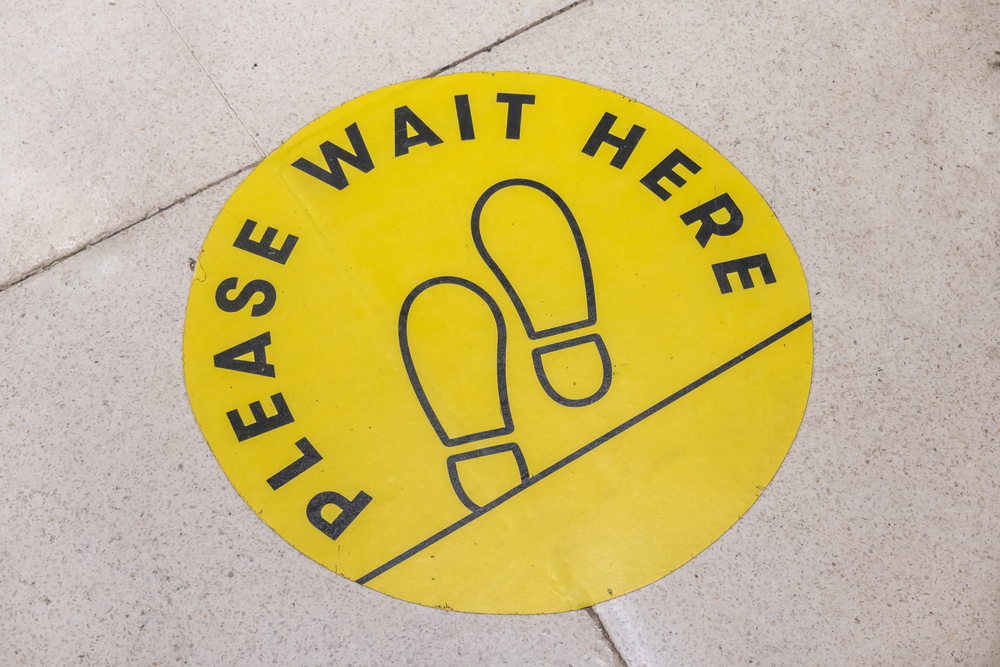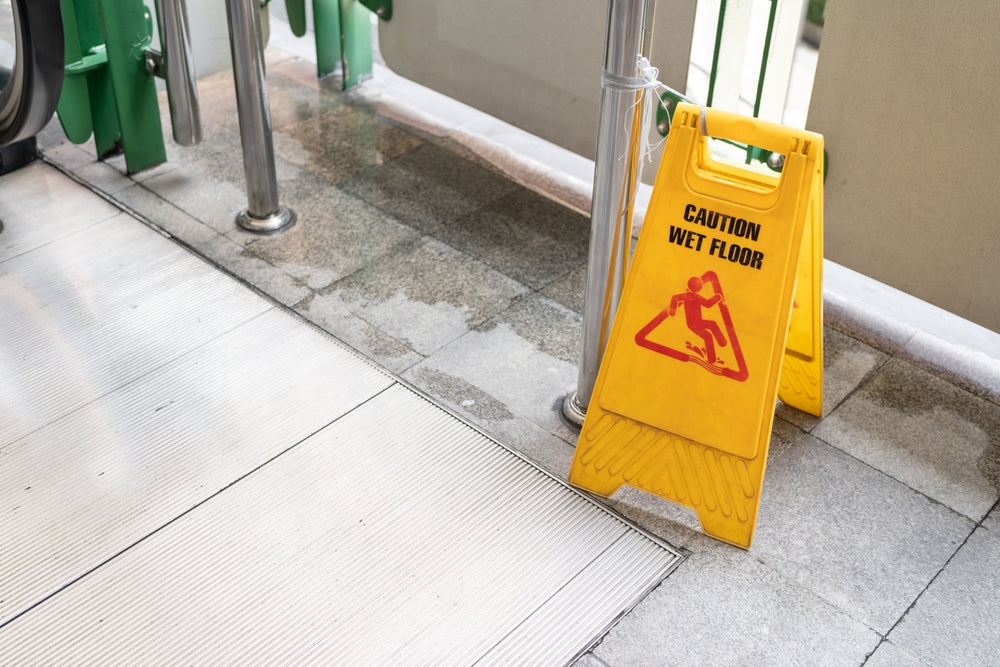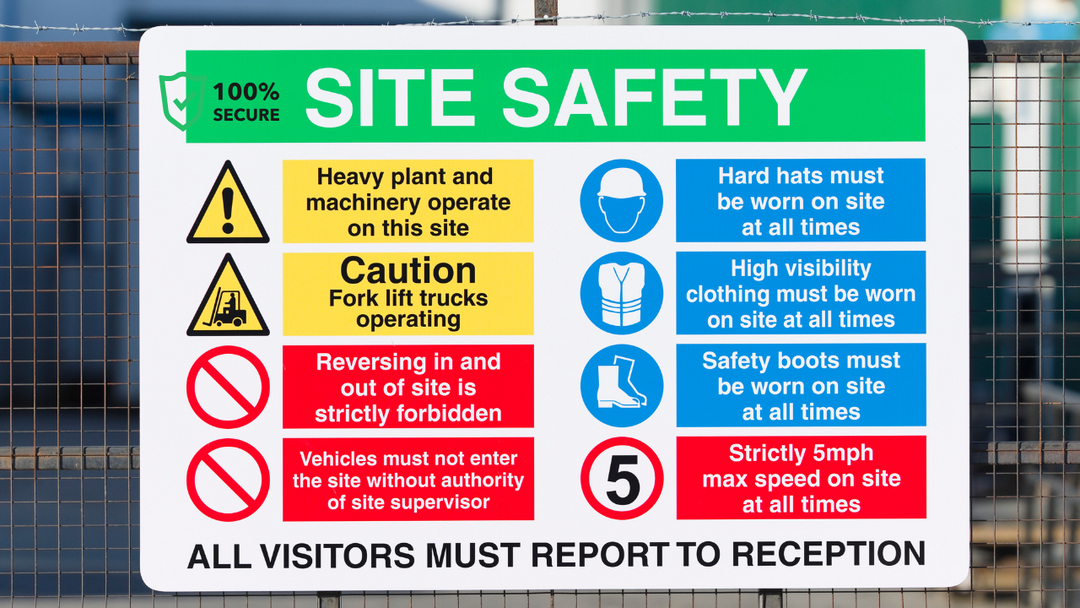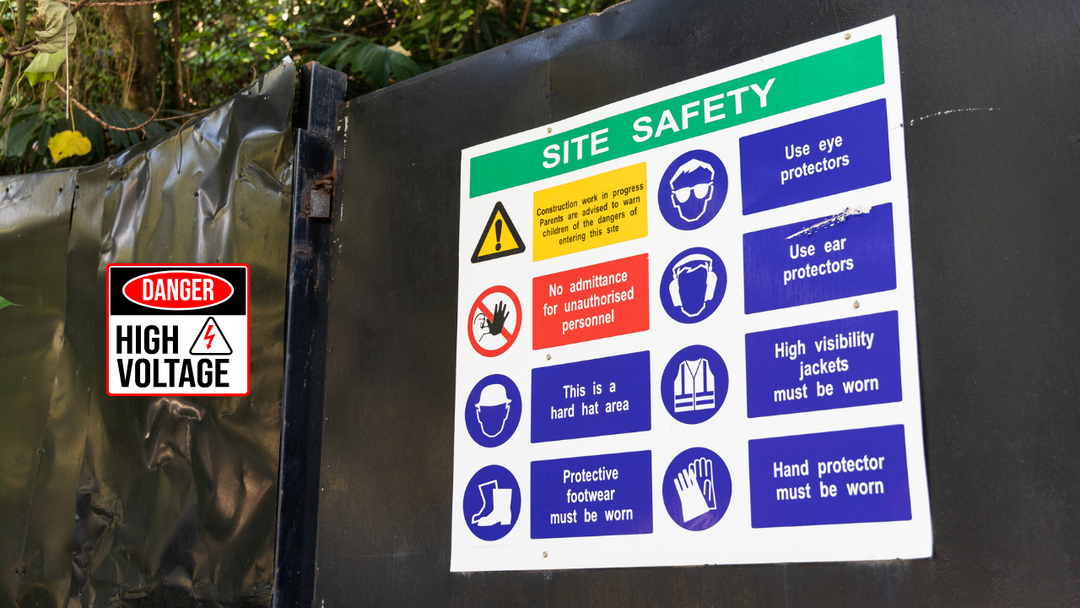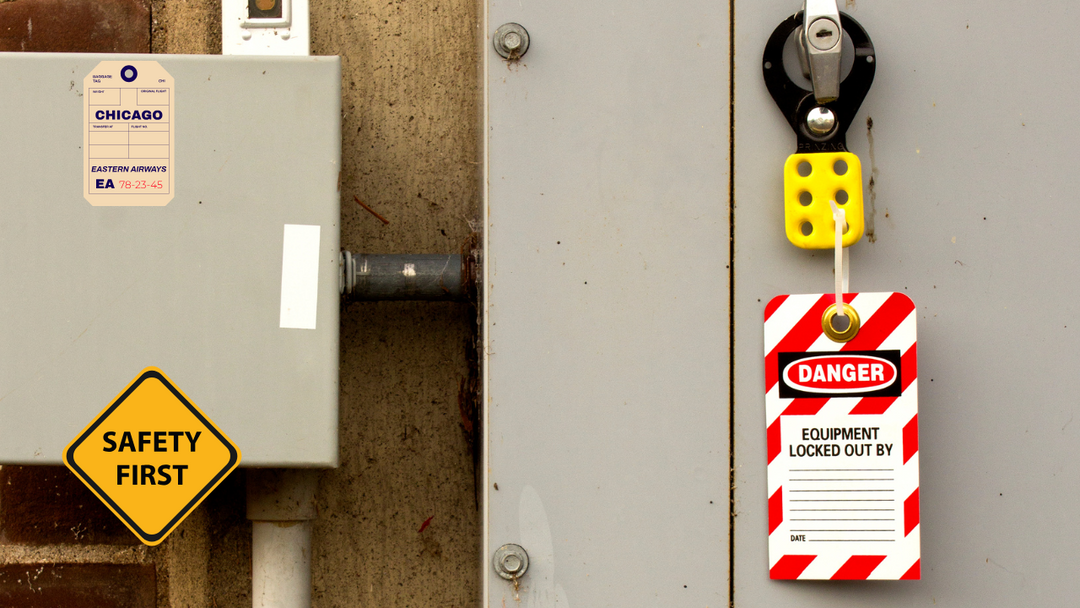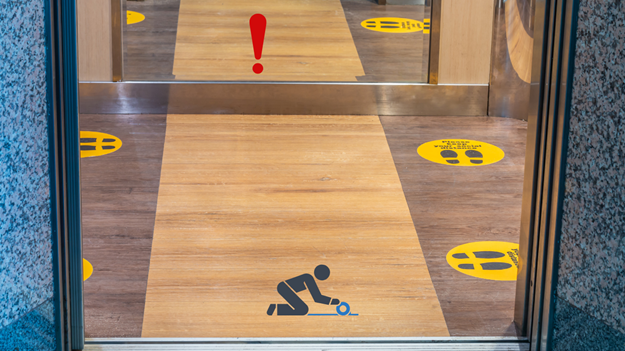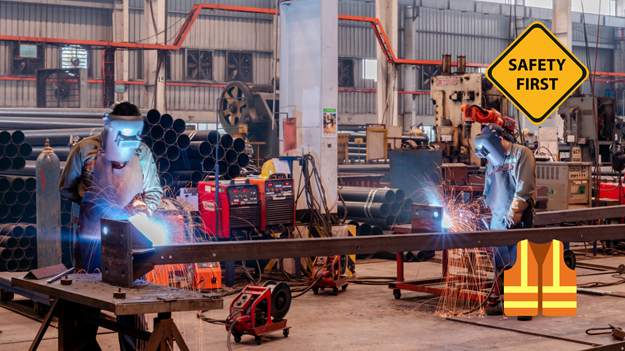5S System Guide: A Blueprint for Workplace Efficiency
Workplace efficiency is the backbone of productivity, safety, and profitability. Businesses worldwide strive to eliminate waste, improve organization, and create a streamlined work environment. One of the most effective methodologies for achieving this is the 5S System—a structured approach to workplace organization that enhances efficiency and safety.
In this guide, we’ll explore what the 5S system is, how it transforms workplaces, and practical steps to implement it effectively.
Introduction to the 5S System
What is the 5S System?
The 5S System is a workplace organization method developed in Japan as part of the lean manufacturing philosophy. The name “5S” comes from five Japanese words that define its principles:
- Seiri (Sort) – Removing unnecessary items
-
Seiton (Set in Order) – Organizing necessary items
-
Seiso (Shine) – Cleaning the workplace
-
Seiketsu (Standardize) – Establishing consistent processes
-
Shitsuke (Sustain) – Maintaining long-term improvements
The 5S methodology is widely used in industries like manufacturing, healthcare, logistics, and office environments to create a safer, cleaner, and more efficient workspace.
Why Does Workplace Efficiency Matter?
A cluttered, disorganized workplace leads to inefficiencies, wasted time, and potential safety hazards. By implementing the 5S principles, businesses can:
Reduce downtime by eliminating unnecessary steps
Improve safety by keeping the workspace organized
Enhance productivity by streamlining workflows
Create a positive work culture that promotes efficiency
Breaking Down the 5S Principles
1. Sort (Seiri): Eliminating the Unnecessary
The first step in 5S implementation is to remove items that are not needed in the workspace. This reduces clutter and makes it easier to find essential tools and materials.
Example: In a factory, unnecessary tools and outdated inventory should be discarded or relocated to free up space.
2. Set in Order (Seiton): Organizing for Efficiency
Once unnecessary items are removed, the next step is to arrange essential tools and materials logically to ensure quick access.
Example: Workstations should be labeled, tools should have designated spaces, and pathways should remain clear for easy movement.
3. Shine (Seiso): Maintaining Cleanliness
A clean workplace prevents accidents, reduces machine downtime, and improves overall efficiency. Regular cleaning schedules should be in place to ensure the work environment remains organized.
Example: Employees should be responsible for cleaning their work areas at the end of each shift.
4. Standardize (Seiketsu): Creating Consistency
To maintain an organized and clean workspace, businesses need standardized procedures that ensure consistency. This can include checklists, visual instructions, and routine audits.
Example: Companies can implement color-coded labels to indicate storage areas and safety zones.
5. Sustain (Shitsuke): Ensuring Long-Term Success
The final step focuses on maintaining discipline and continuous improvement. Regular training, audits, and employee involvement are key to sustaining the 5S system.
Example: Businesses can set up monthly 5S inspections to track progress and address challenges.
How the 5S System Transforms Workplaces
Implementing 5S principles has numerous benefits, including:
Boosting Productivity and Safety – A well-organized workplace reduces search time for tools and prevents accidents.
Reducing Wasted Time and Resources – Employees can focus on tasks instead of dealing with inefficiencies.
Enhancing Employee Morale and Engagement – A clean and structured workplace boosts motivation and job satisfaction.
Step-by-Step Guide to Implementing the 5S System
1. Preparing for the Transition
-
Conduct a workplace assessment
-
Identify problem areas
-
Involve employees in the planning process
2. Training Employees on 5S Practices
-
Hold training sessions on 5S methodology
-
Assign responsibilities to different teams
-
Encourage employee participation
3. Monitoring and Improving 5S Compliance
-
Implement visual management tools (labels, floor markings)
-
Conduct regular 5S audits
-
Recognize and reward employees for maintaining 5S practices
Common Challenges and How to Overcome Them
Resistance to Change – Some employees may be reluctant to adopt new practices. Solution: Educate them on the benefits of 5S.
Maintaining Long-Term Commitment – Companies often struggle with sustainability. Solution: Assign 5S champions to monitor progress.
Measuring Success and Adjustments – Tracking improvements can be difficult. Solution: Use performance metrics like productivity rates, error reduction, and safety records.
How Archford Supports 5S Implementation
For businesses looking to implement 5S successfully, Archford offers a range of solutions, including:
Workplace Safety Labels and Signs – Essential for visual management and organization.
Custom Printing Solutions – High-quality inspection tags, safety labels, and lockout signs to streamline 5S implementation.
Essential Tools for Workplace Organization – A variety of reflective tapes, lockout kits, and signage solutions designed for industrial environments.
By using Archford’s products, businesses can create a well-organized, efficient, and compliant workplace.
The Ultimate Guide to Workplace Safety: Best Practices for Every Industry
|
Safety Guide |
Tips |
|
Implement Sort, Set in Order, Shine, Standardize, and Sustain for workplace efficiency. |
|
|
Use proper labels with voltage ratings, approach boundaries, and PPE requirements to ensure electrical safety. |
|
|
Apply lean methodologies like Kaizen and Six Sigma to enhance operational efficiency. |
|
|
Ensure all hazardous materials are labeled with correct pictograms, signal words, and hazard statements. |
|
|
Use proper lockout devices and tags to prevent accidental energy releases during maintenance. |
|
|
Follow standard color codes and label pipes at regular intervals for easy identification. |
|
|
Place warning signs in high-risk areas to comply with OSHA standards and improve workplace safety. |
|
|
Use AS 1345 standard colors and labels for accurate pipe identification in Australian industries. |
|
|
Add ‘Safety’ to the 5S system to further enhance workplace organization and hazard prevention. |
|
|
Use different colors for specific zones—e.g., red for fire hazards, yellow for caution, and green for safety paths. |
|
|
Encourage small, continuous improvements by involving employees in process optimization. |
|
|
Use visual signals to manage workflow and reduce inefficiencies in production. |
|
|
Implement proper PPE, ventilation, and emergency procedures to ensure worker safety in mining operations. |
|
|
Use durable, heat-resistant labels to prevent misidentification of electrical wiring. |
|
|
Maintain clear aisles, proper signage, and forklift safety measures to reduce accidents. |
|
|
Optimize layout, use barcode scanning, and implement inventory tracking systems for smooth operations. |
|
|
Use consistent signage, color-coded paths, and lighting to improve navigation. |
|
|
Keep floors dry, use anti-slip mats, and mark hazard areas to prevent workplace injuries. |
|
|
Use labels, floor markings, and visual boards to improve communication and organization. |
|
|
Clearly label valves with durable tags to ensure safe and proper operation. |
Final Thoughts
The 5S System Guide is more than just a set of rules—it’s a cultural shift towards efficiency and organization. Businesses that successfully implement 5S principles experience higher productivity, fewer workplace hazards, and improved employee morale.
By leveraging .Archford’s safety solutions and printing guides, companies can seamlessly integrate 5S methodologies and create a structured, efficient, and safer workplace. For high-quality labeling and organizational tools, visit .Archford today!
FAQs
1. What industries benefit most from the 5S system?
The 5S system is beneficial for manufacturing, warehousing, healthcare, construction, and office settings, improving productivity and organization.
2. How long does it take to implement the 5S system?
The implementation timeline varies, but most businesses see improvements within 3-6 months with consistent efforts.
3. Can small businesses implement the 5S system?
Yes! Even small businesses can apply 5S principles by starting with one area at a time and gradually expanding the process.
4. How does Archford help with 5S implementation?
Archford provides custom printing solutions, safety labels, and organization tools to support businesses in implementing 5S best practices.
5. What are the biggest challenges of sustaining 5S?
The biggest challenges include employee resistance, lack of leadership support, and inconsistent audits. Regular training and visual management tools help overcome these obstacles.


